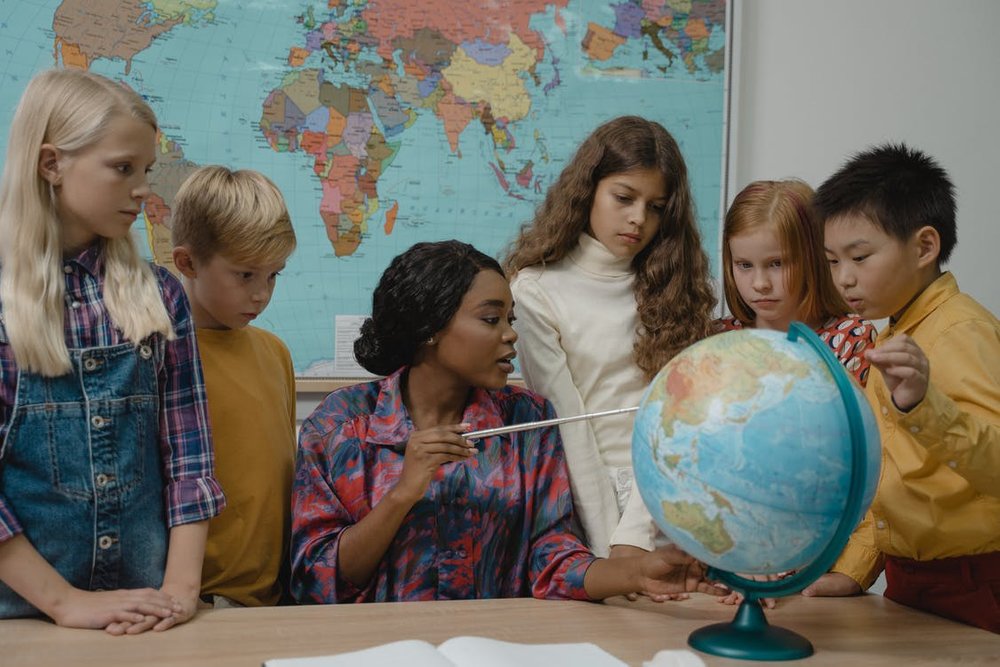Interdisciplinary learning refers to drawing knowledge from two or more disciplines and blending it for a holistic learning experience that focuses on critical thinking, integrative learning, and problem-solving. All of COMPUCHILD’s enrichment programs for children focus on an interdisciplinary education so that children can be all-rounders in life. Here’s how you can incorporate interdisciplinary learning while teaching.
Look for Curricular Overlaps
Pacing the demands of the curriculum and incorporating an interdisciplinary approach is challenging. However, if you begin small, it can be attainable. You can start experimenting with micro units where you try three to five integrated learning lectures to gauge the student’s response.
To do that, you can share the syllabi with other teaches and look for overlap in the skills and content taught. Proactively looking for links between different classes can help teachers emulate interdisciplinary thinking in class.

Try Summative Assessment for a Chosen Theme
After finding overlaps, you should also consider the contemporary issues and student interests so that you can target a shared skill in your interdisciplinary lectures. After deciding on a topic of discussion, you should look for ways to collaborate with other teachers on a summative assessment that counts as a single grade for both classes.
For instance, as a history teacher, you can collaborate with the science teacher and the summative assessment can be about the historical inventions that changed our lives for good.
This can spark interest among students, and getting two grades for one assignment can be an incentive for them to participate in it.

Knowledge Building for Every Discipline
With the idea of summative assessment, you can approach knowledge building and inquiry with each discipline. While it can be hard logistically, you can co-teach the lessons to have autonomy over the curriculum and flexibility in having a vision about the learning outcomes.
For instance, when teaching about the origination of race relations, the biology teacher can talk about genetic research to annulthe traditional biological basis of race categorizations.
Simultaneously, a history teacher can help the students look at the historical legislation, societal practices, and legal cases to strengthen the understanding that race was legally codified and socially constructed.


